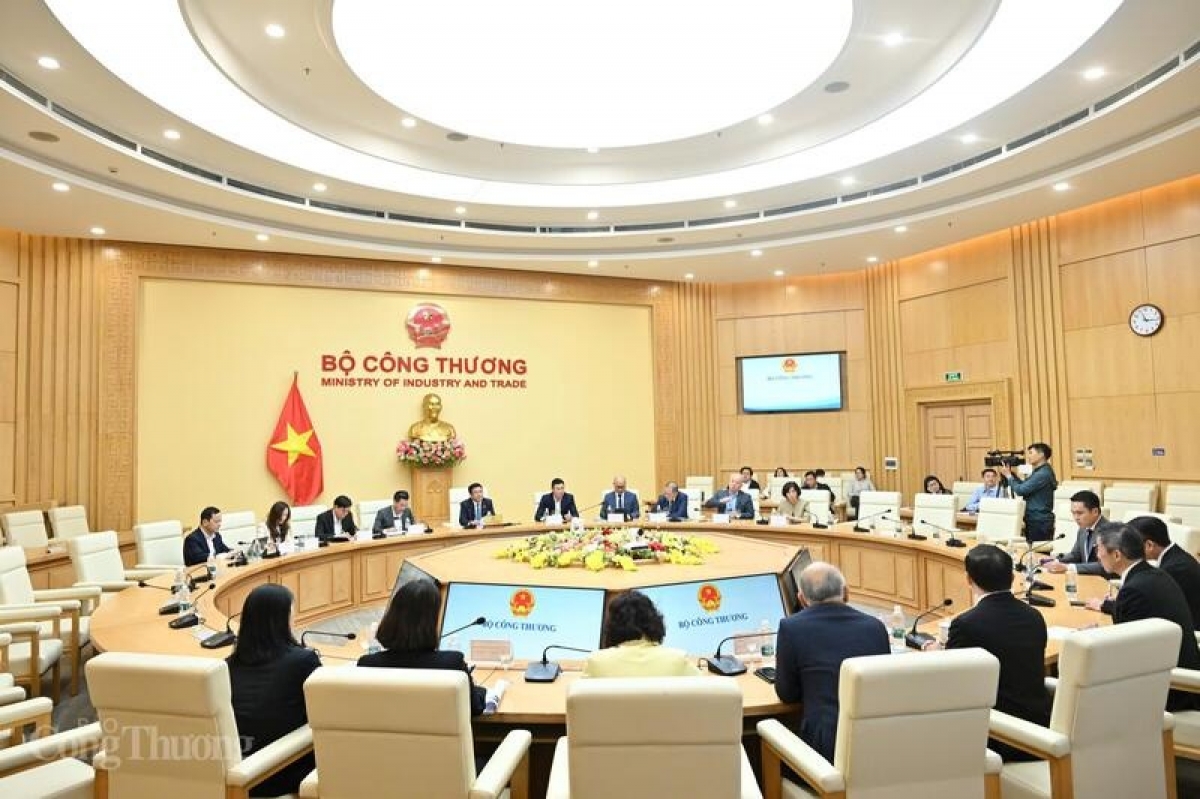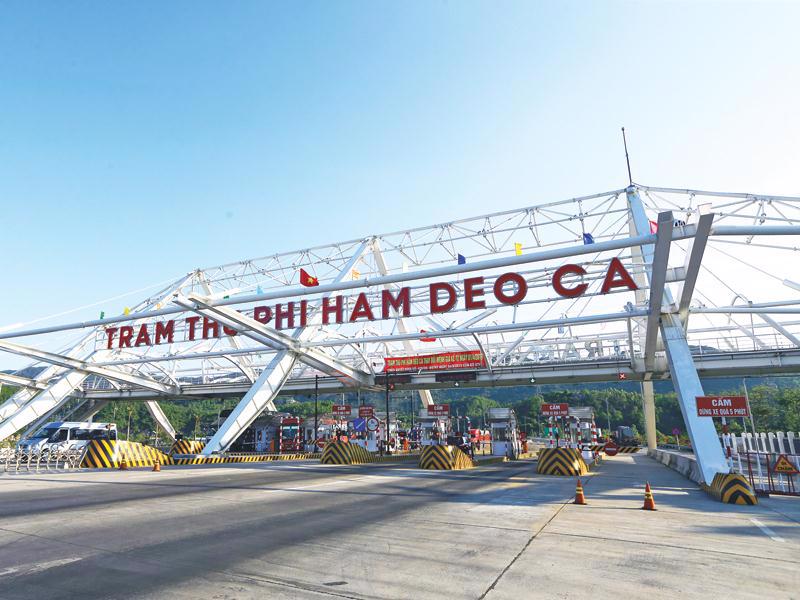INTERNATIONAL INVESTMENT
AND PORTAL
For the first time, Resolution 68 has put the private sector in its rightful place. It is a long-term strategic pillar that needs to be specified at central, sectoral, regional, and local levels. It highlights an important truth: in today’s world, it is the private sector that sends the clearest signals about maturity, market confidence, integration capability, and accountability.
 Tran Ngoc Tho, professor, Ho Chi Minh City University of Economics
Tran Ngoc Tho, professor, Ho Chi Minh City University of Economics
A software company that signs an international contract not merely generates revenue, but also sends a signal that Vietnam can write the rules of the game. A logistics startup focusing on ASEAN not only transports goods, but also contributes to the stable supply chain in the region. The more private sectors have the spillover effect, the stronger the nation’s soft strategic influence zone.
According to Party General Secretary To Lam, science and technology, innovation, and digital transformation are the “golden key” to overcoming the middle-income trap. However, breakthroughs are the factors that make the leap forward.
To create these, Vietnam needs energy. Such energy is not only from budget but also lies within the structure of private companies. I propose the concept of “conversion energy” – the ability to turn capital, people, and data into impactful leverage.
With a new approach, we need to redefine the corporate values based on conversion energy – the ability to turn inputs into real, measurable, scalable, and repeatable results.
Resolution No.68 stipulates updating and standardising indicators, statistical data, and databases on the private sector for assessment and planning of polices and strategies for each development phase. Besides these initiatives, it is vital to build a map of conversion energy, and identify spearhead areas of the private sector and businesses deserving support for their real-world impact.
Meanwhile, policies should be designed to create a spillover effect and a new set of indicators should be formed, including the conversion energy index and strategic spillover index.
I propose that the conversion energy index should cover export revenue and total investment capital, international standards, the ratio of spending on research and development, and the speed from idea to market-ready product.
Meanwhile, the strategic spillover index should include the number of localities with customers, partners, and supply chains; the number of countries reached by products and services; the number of other businesses using technology platforms; and the number of policies or standards proposed by businesses.
Party General Secretary To Lam stated that digital transformation is a new method to innovate production. Data is considered the “air and light” of the new era. The statement indicates that data is indispensable, like air. Data also sheds the light to make everything else visible, functional, and connected.
A company owns data based on an efficient tech platform and digitised supply chain. Such a company represents a small light bulb in the production chain. Once connected, businesses will form a strong beam of light to illuminate the development path for each locality, key economic region, and even the national strategy in the new era. It is clear that when data becomes the light of the new era, it is no longer the number of companies entering the market that matters, but the number of bright spots created.
The private sector plays the role of a light-emitting circuit. It is the channel through which science, technology, and innovation enter, rather than get stuck in the laboratory.
It is time to allow the private sector to create a technology sandbox and establish its own research institutes and data management models. Private technology should be recognised as an important national infrastructure, like seaports and power grids. Without the private sector as a circuit, creative energy remains only on paper.
Party General Secretary To Lam stated that breakthroughs must come from practice. In reality, the manufacturing industry is heavily dependent on public investment and state capital. A creative environment is fraught with risks and responsibility fears. Data space is fragmented and administratively divided.
The private sector cannot go further if they must seek permissions for pilots and submit reports based on the state budget mindset. This is particularly true when it is not allowed to participate in digital institutional architecture, technology, and national standards.
It is necessary to put the private sector at the centre of policy. Thus, they can jointly formulate policy with the regulatory bodies. This is clearly stated within Resolution 68 to eliminate overlapping, duplicating, prolonged, and unnecessary inspections and examinations.
 Private sector clarity of regulations a must
Private sector clarity of regulations a must
Despite the government’s efforts to cut and simplify administrative procedures, the private sector – considered the key for Vietnam to achieve outstanding growth – is still struggling with a slew of hurdles.
 Haiphong private sector emerges as key engine of economic growth
Haiphong private sector emerges as key engine of economic growth
The northern port city of Haiphong is leveraging its dynamic private sector to sustain double-digit growth and transform into a regional economic powerhouse.
 Draft law to boost SOE autonomy through decentralisation reforms
Draft law to boost SOE autonomy through decentralisation reforms
The draft Law on Management and Investment of State Capital in Enterprises includes amendments to increase decentralisation and delegation, with a focus on enhancing the autonomy, accountability, and transparency of state-owned enterprises (SOEs).



















